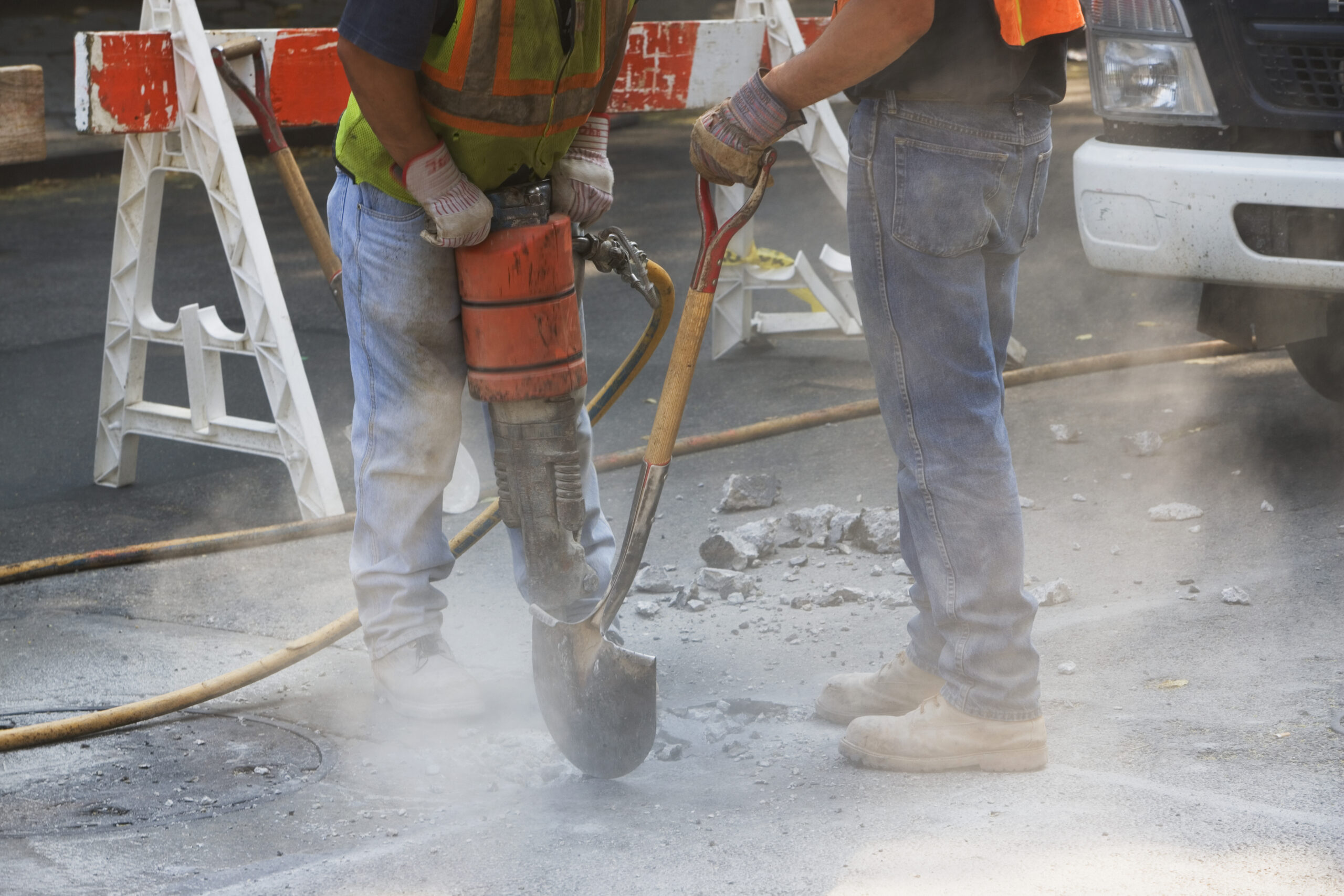Pre-1982 Work-related Diseases and Cancer Risks
After the first asbestos settlement in 1982, a flood of personal injury lawsuits resulted in the bankruptcy of several manufacturers, the establishment of victim trust funds, and the enactment of federal regulations to protect American workers.

Hazardous Working Conditions: Job-Related Illness in the U.S.
The Centers for Disease Control and Prevention (CDC) estimates that between three and six percent of all cancers are caused by work-related exposure to toxins. Moreover, using its most recent data, the agency estimated between 45,872 and 91,745 new cases of cancer in 2012 were the result of occupational exposure to carcinogens. In pre 1982, this was a commonplace.
Many of these diagnoses occur among the elderly whose workplace exposure took place decades prior; most occupational diseases have latency periods between five and 30 years. Often, the extent of the damage caused by workplace exposure to toxins like asbestos and dusts are not fully realized for decades. Subsequently, millions of American workers suffered hazardous exposure while on the job without their knowledge.
In response to decades of corporate negligence throughout the twentieth century, a 1985 federal appeals court upheld a landmark 1982 verdict against the Johns-Manville Corp. for $2.3 million. While the asbestos manufacture claimed the sum (and others in litigation) would bankrupt the company, the court found conclusive evidence the company “knew of the tremendous health hazards certain of its products represented and for some 12 or 13 years refused to even warn the users of these products of the health hazards.”
At the time of the reckoning against asbestos manufacturers, the National Institute for Occupational Safety and Health (NIOSH) listed occupational lung diseases as the primary category for concern. Occupational cancers (not including lung cancer) ranked third in category discussions. Subsequently, people who worked in industries like longshoring, construction, metal foundries, and many others before this time were frequently put at risk for a range of chronic illnesses.
Why Were Workers at Greater Risk for Occupational Cancer Before 1982?
In 1982, the Monthly Labor Review, a journal nearly as old as labor rights in the U.S., wrote that the yearly rates for occupational disease published by the Bureau of Labor Statistics didn’t capture the whole picture. Rates not only “virtually excluded” chronic illnesses but also failed to count illnesses with long latency periods “whose relationship to the job often surfaces only after retirement or death.”
The Review detailed a study of American workers between 1972 and 1974. In that time, millions of people were exposed to known carcinogens, and thousands were projected to develop long-term diseases.
| Exposure Risk | Number of Workers Exposed | Projected Number of Eventual Cases |
| Arsenic | 1.5 million | 7,300 cases of respiratory cancer |
| Asbestos | 1.6 million | 10,400 lung cancer cases; 3,500 mesothelioma cases |
| Benzene | 3 million | 1,400 cases of leukemia |
| Chromium | 1.5 million | 7,900 cases of respiratory cancer |
| Nickel | 1.4 million | 7,300 cases of respiratory cancer |
| Petroleum products | 3.9 million | 9,100 lung cancer cases |
The substances millions of American workers were exposed to on the job prior to the 1980s were known to cause cancer in humans or in animal studies. Moreover, under two percent of the “physical or chemical agents manufactured or processed in the U.S. [had] been evaluated by the International Agency for Research on Cancer for carcinogenicity,” according to the CDC.
The combination of unstudied, workplace toxins, and the years it takes for the occupational disease to develop means many retired workers and senior citizens today are regularly being diagnosed with lung and other cancers.
High-Risk Industries
The following industries have been shown to expose workers to toxins that can lead to occupational diseases. Those who worked in any of the following trades may have been put at risks of inhaling or ingesting carcinogens – especially those who worked before 1982.
- Aerospace and aviation
- Asbestos abatement
- Asbestos manufacturing
- Asbestos mining
- Automotive manufacture/repair
- Chemical industry
- Construction
- Insulation manufacture/handling
- Longshore and harbor work
- Manufacturing and warehouse
- Maritime
- Military
- Newsprint pressroom work
- Petrochemical and refinery plants
- Power plant and utility industry
- Railroad
- Shipyards
- Steel and iron foundries
- Textile industry
- Tire and rubber industries
Am I entitled to compensation if I was diagnosed with lung cancer pre-1982?
Frequently, retired workers are not aware of the exposure they faced until they have been diagnosed with a chronic, often fatal, disease.
Decades ago, workers described being forced to eat in work areas covered with dust. At asbestos plants across the country, “employees leaving the plant would be covered with asbestos over their bodies and clothing. The cars in the parking lot were covered with asbestos. Asbestos was in the air outside of the plant, and it seemed like snow in midsummer.”
If you worked in a high-risk industry before 1982 and have been diagnosed with lung cancer or other occupational lung diseases, the company (or companies) responsible may be required to provide compensation.
While asbestos manufacturers like Amatex, Carey-Canada, Celotex, Forty-Eight Insulations, Manville Corporation, National Gypsum, Standard Insulation, Unarco, And UNR Industries have been forced into bankruptcy by the number of legal claims they faced, many people are eligible to petition asbestos trust funds and take other legal action.
To learn more about your options for compensation, complete a free case evaluation form to be contacted by qualified legal aid.


